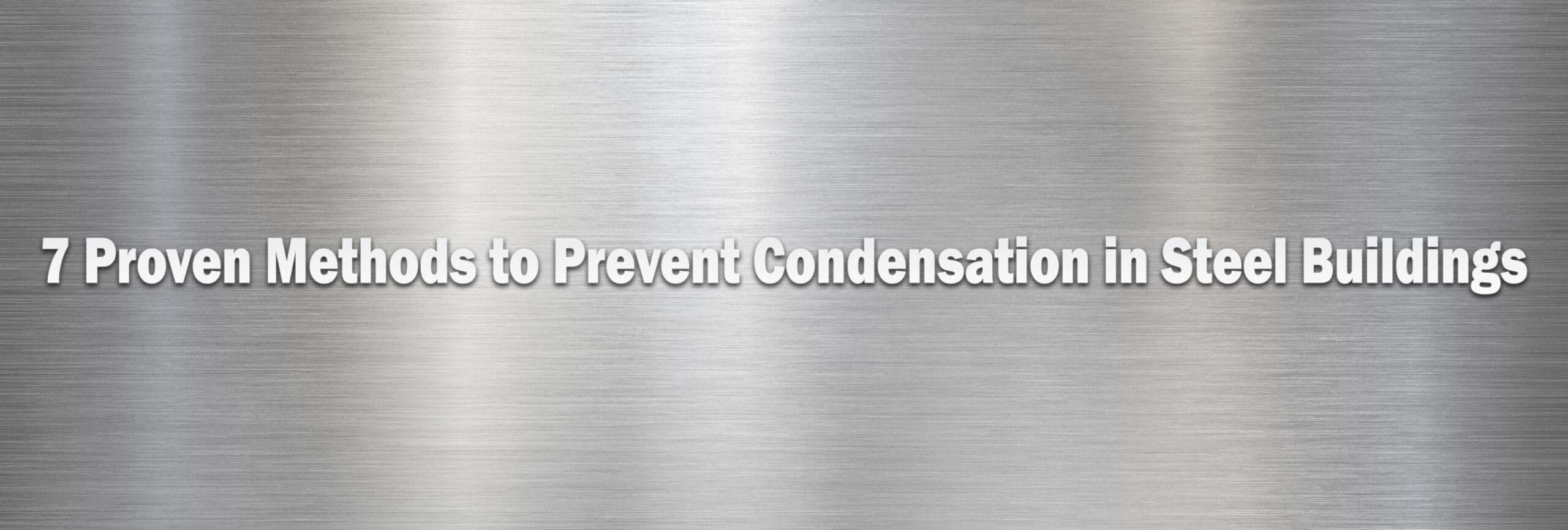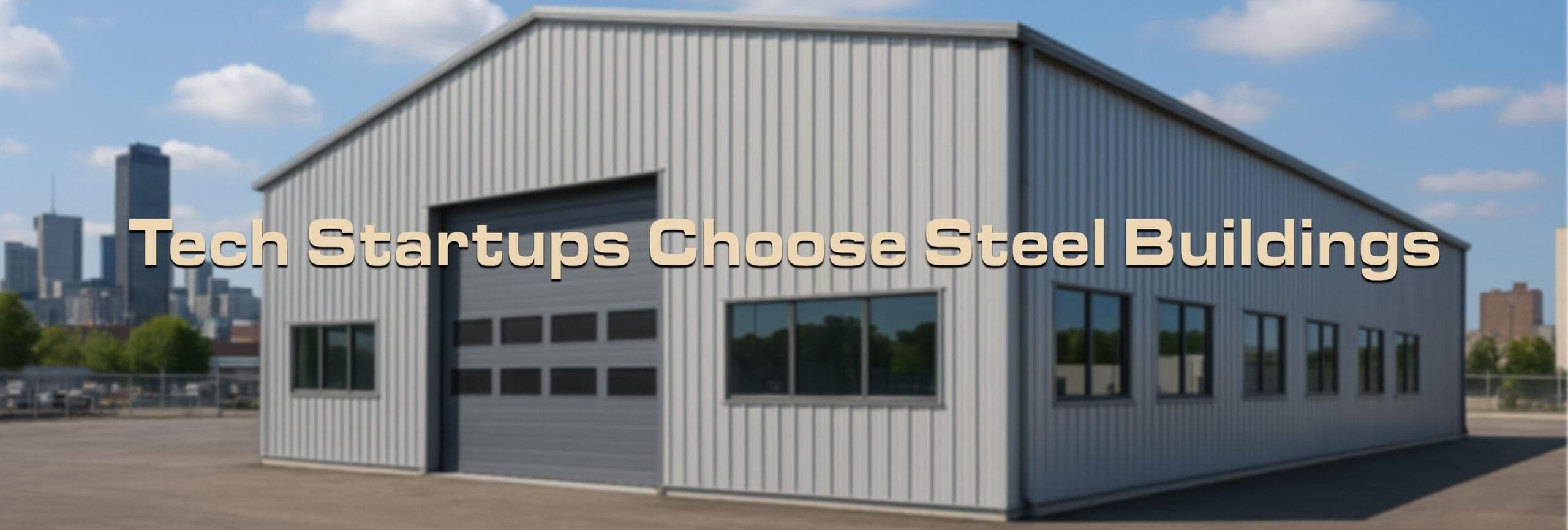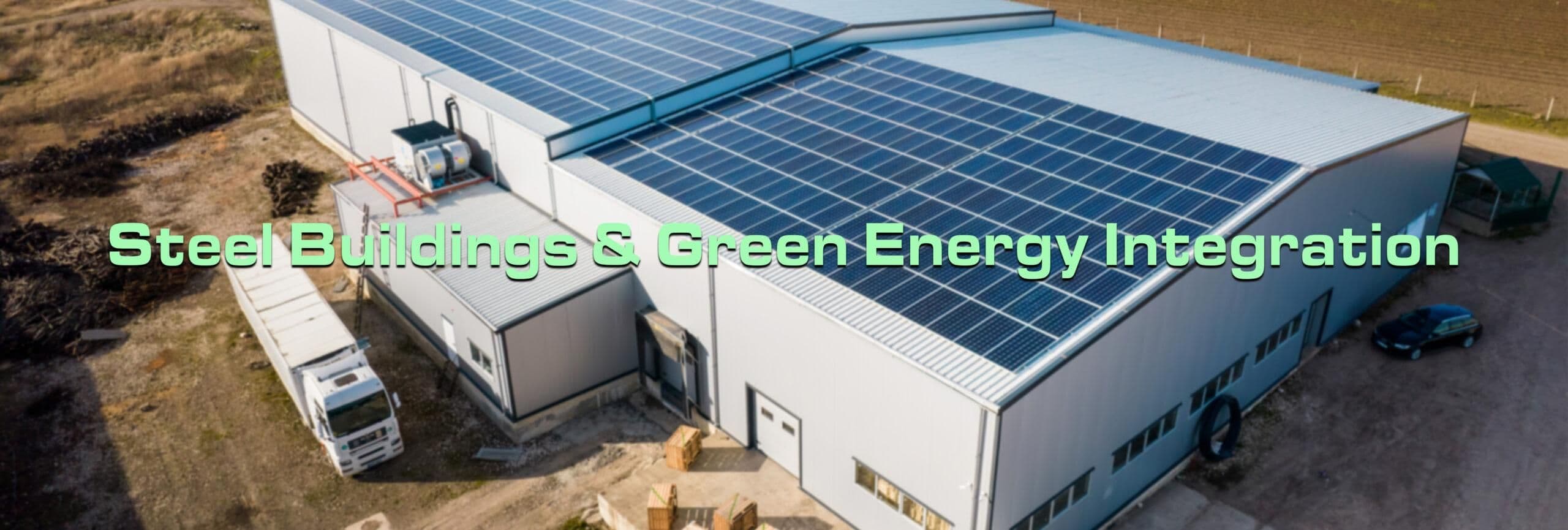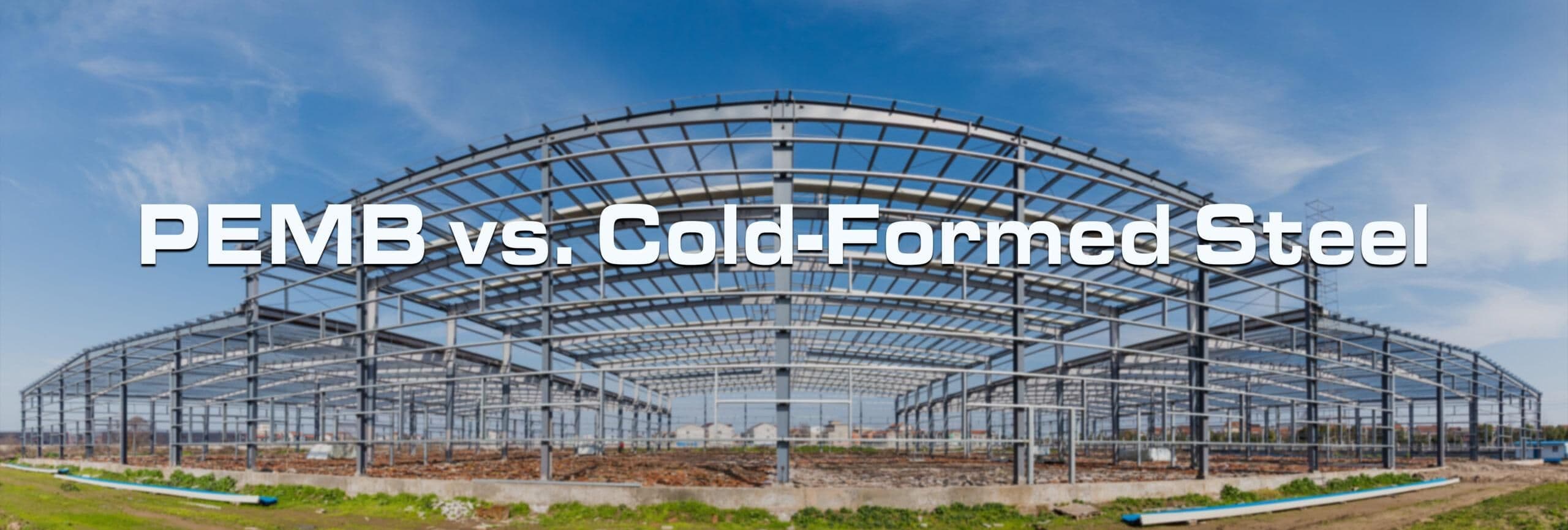7 Proven Methods to Prevent Condensation in Steel Buildings

Condensation is a common problem in any structure, but it can be extra destructive in steel buildings, causing rust, mold, and structural damage if left untreated. This can happen when moist, warm air meets the cool metal surfaces and forms water droplets. The best way to prevent it is to make sure that your steel building is properly insulated. We also recommend routinely checking for moisture problems and tackling issues right away.
In this blog, we will explore seven tried-and-true methods to prevent condensation in your steel building. Discover how to keep your structure dry, comfortable, and long-lasting.
Know what’s causing condensation
Before we delve into anti-condensation methods, let’s first take a look at why the phenomenon happens. Understanding what’s causing the moisture indoors can help you determine the right preventative solution.
Reasons why condensation occurs in a steel building
Condensation occurs due to the temperature differences between the outdoors and indoors, but it can also happen due to the increased humidity from the daily activities, machinery, and stored materials in steel buildings. These problems worsen in poorly ventilated structures, as the moist air gets trapped indoors.
Optimize airflow with proper ventilation
Adequate airflow helps keep condensation at bay. Without it, the moist and warm air will stay indoors and cause condensation. Proper ventilation allows your building to breathe so that everything stays fresh and dry.
Ways to improve ventilation in your steel building
It’s important to design the building with proper ventilation right from the start. Consider integrating cross-ventilation with strategically placed openings on opposite walls. Additionally, you can exhaust fans to boost ventilation and airflow in spaces with high humidity, such as workshops.
Are you trying to improve ventilation in an older steel building? No problem. Steel structures can easily accommodate changes down the road, so you can install ridge and soffit vents to improve natural airflow indoors.
Control temperature fluctuations with proper insulation
Insulation will defend steel buildings from condensation by maintaining consistent indoor temperatures, particularly by ensuring that warm air doesn’t cool too quickly to cause condensation. Just be sure to use high-performance insulation technologies for maximum temperature control, such as:
- Fiberglass insulation: Effective and affordable, especially when it has a vapor barrier
- Insulated steel panels: Easy to install and highly effective in insulating steel structures
- Reflective insulation: Helps regulate heat, especially from the roof
More benefits of insulation
Insulating steel buildings properly isn’t just an anti-condensation measure — it can also reduce energy costs, bringing heating and cooling savings. Plus, it keeps your indoor environment more comfortable and healthier.
Add vapor barriers
A vapor barrier prevents moisture from seeping in, making it an effective condensation deterrent. Imagine it as being a “raincoat” but for your steel structure. It works most efficiently when integrated with high-performance insulation to provide comprehensive moisture control.
Where to place vapor barriers
Some of the best places to install vapor barriers are under metal roofing panels, within ceilings, and on walls. Is your steel building on a concrete slab? Consider an under-floor installation.
Incorporate smart designs
Steel buildings that are designed well can prevent moisture-related issues. Our building consultants at Armstrong Steel will work with you to design a structure with innovative solutions to control condensation. Depending on your needs, we might recommend:
Roof overhangs: These will keep the walls dry while it’s raining.
Downspouts and gutters: Installing these will prevent water from accumulating on the roof, ensuring proper drainage.
Roof pitch: Using a steeper roof pitch helps prevent water from pooling.
Humidity control
One of the easiest ways to prevent condensation in steel buildings is by controlling the humidity levels indoors. Reducing humidity reduces moisture in the air, resulting in fewer to no moisture-related problems.
You can control humidity in your building by:
- Using dehumidifiers in areas where moisture is typically high.
- Maintaining consistent indoor temperatures with climate control and heating systems.
- Placing silica gel and other moisture-absorbing materials in small rooms.
Keep your building well-maintained
Steel buildings may be durable and low-maintenance, but that doesn’t mean they’re completely maintenance-free. We recommend doing routine checks so you can stay on top of potential issues and address condensation right away. This will go a long way in keeping your structure dry and in excellent condition, and therefore prolonging its lifespan. Take the time to:
- Check for leaks and gaps where moisture can enter.
- Replace damaged vapor barriers or insulation as needed.
- Repair damaged roofing as soon as possible.
- Check ventilation systems and keep them clean to avoid blockages.
Prevent condensation with proper design and solutions
Preventing condensation in steel buildings is not as challenging as you think. A well-designed structure with proper insulation, regular maintenance, ventilation, and vapor barriers will ensure a dry, safe, and comfortable building that will last for years.
Whether you’re building one or looking to upgrade yours, we are here to help. Contact us here at Armstrong Steel and discover a steel building that’s right for you. Call 1-800-345-4610 to talk to our experts about your design, or click ‘Price my Building’ for a quote.





